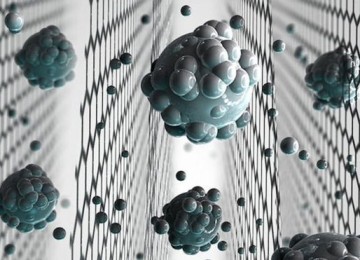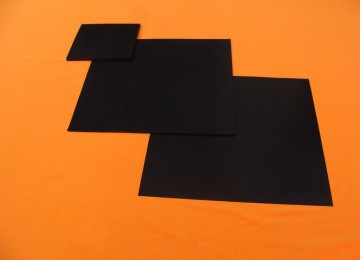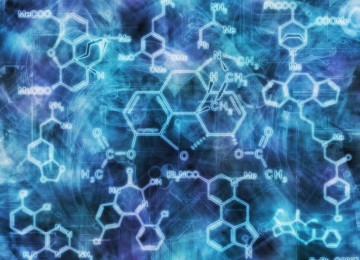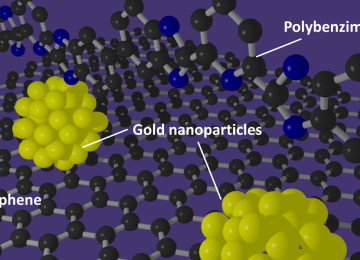Graphene nanobots can fighting pollutants in oceans
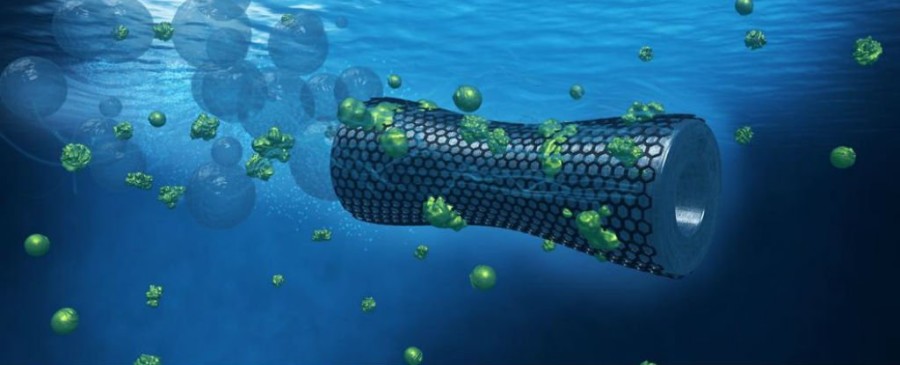
Graphene nanobots can fighting pollutants from oceans
Heavy metal contamination in water is a serious risk to the public health and other life forms on earth, the particle of heavy metal and another pollution, floating around the ocean, contaminating fish, and destroy the environment and make more diseases for all creatures. Current research in nanotechnology is developing new nanosystems and nanomaterials for the fast and efficient removal of pollutants and heavy metals from water.
Scientists work to make swarms of graphene-coated nanobots “the robots are smaller than the width of a human hair” and were developed by a team of international scientists who were looking for new, more efficient ways to remove industrial contaminants from water. could be our best hope yet of cleaning up the murky oceans, with scientists demonstrating that new microscopic underwater warriors can remove up to 95 percent of lead in wastewater in just 60 minutes.
Developed by an international team of researchers, the newly developed nanobots have three key components: a graphene oxide exterior to absorb lead (or another heavy metal); a nickel core that enables researchers to control the nanobots’ movement via a magnetic field; and an inner platinum coating that functions as an engine and propels the bots forward via a chemical reaction with hydrogen peroxide.
The invention couldn’t have come at a better time, with ocean pollution at an all-time high, much of it stemming from industrial activities such as electronics manufacturing. By 2050, it’s estimated that there will be more plastic than fish in the world’s oceans, and waste metals such as lead, arsenic, mercury, cadmium, and chromium are affecting the delicate ecological balance that will make things very difficult for any animal that relies on it for food – including humans – in the near future.
Graphene oxide-based microbots (GOx-microbots) as active self-propelled systems for the capture, transfer, and removal of a heavy metal (i.e., lead) and its subsequent recovery for recycling purposes. Microbots’ structure consists of nanosized multilayers of graphene oxide, nickel, and platinum, providing different functionalities.
While the nanobots used in these experiments were controlled using a precise magnetic field, in the future, they could guide themselves autonomously according to the researchers.
Further studies will also focus on attacking different types of contaminants and reducing the costs of fabricating the bots in the first place.
The same magnetic field used to direct the nanobots is used to collect them in afterwards. At this point, an acidic solution is used to remove the lead ions and the bots are ready to go again. Eventually, the same sort of techniques could be used in other areas such as drug delivery.












